9th Oct 2023
13 Famous Scottish Kings and Why We Remember Them Today
Scotland evolved into the place we know today through many centuries, with intriguing ancestors such as the Picts, Vikings, Anglo-Saxons, Gaels, and Britons shaping the fabric of our society.
As a result, while addressing Scottish kings, it is critical to recognize historical complexities in terms of what constituted 'Scotland' or even a 'King,' as some legendary Scottish rulers were more akin to tribal chiefs.
Our kings were traditionally crowned at Scone Palace, using the famous Stone of Destiny. However, King Edward I took it to England and used it for the coronation of English monarchs for 700 years before returning it to Scotland in 1996 (inspired the 2008 film).
Here are thirteen Scottish rulers and why we still remember them today.
Kenneth MacAlpin (843–58): King of Scots and Picts
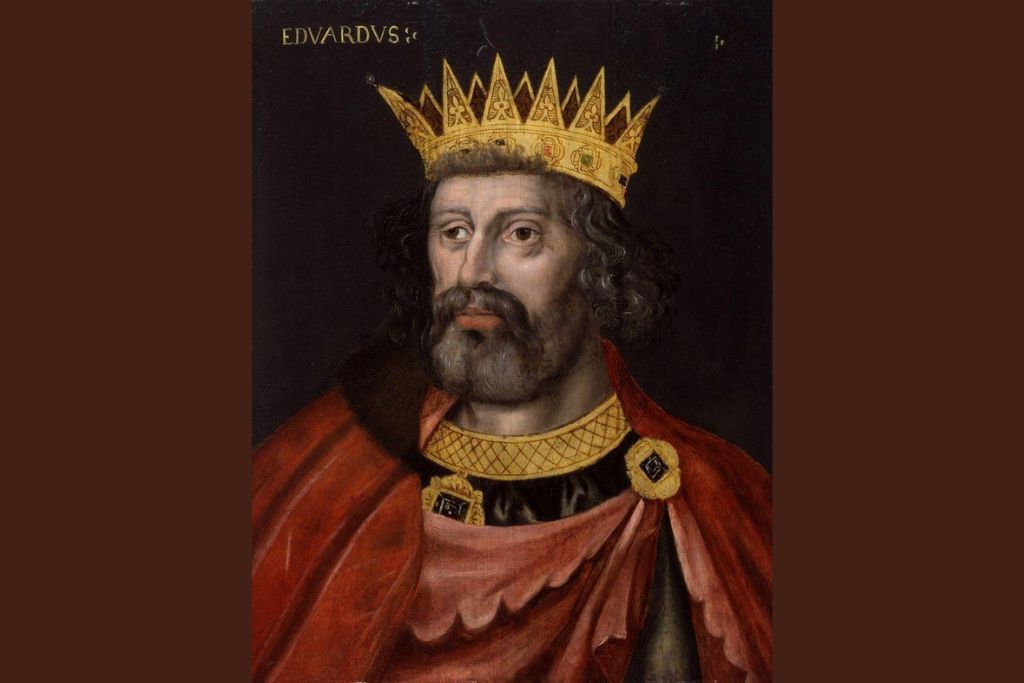
Chronicles from this time period can be difficult to find because early sources for Scottish kings relied on oral traditions, while written papers did not appear until years later. Many historians believe Kenneth MacAlpin was the 'first king' of Scotland since he controlled across the western seaboard, including the Western Isles and Argyll. In 843, MacAlpin ascended to the throne of the Pictish kingdom in eastern Scotland, which included territories such as Fife. Despite the fact that the Picts were a tough tribe, he was at an advantage because Viking raiders and Irish tribes had decimated the Pictish army. Some consider him the "founder of medieval Scotland," ushering in the age of union between Gaels and Picts under the Kingdom of Alba.
Donald II: The Madman (889–900)

Donald II, son of King Constantine I of the Picts and Scots, is claimed to have ascended to the throne upon the death of his uncle King Aedh. However, following Aedh, successive kings Eochaid and Giric ruled, thus in order to seize control, Eochaid commissioned Donald to assassinate Giric, which he eventually did but also exiled Eochaid, so gaining the kingdom for himself. During his reign, he experienced conflict from the Vikings when Sigurd the Mighty acquired control of northern Scotland. Donald II was also known to engage in combat with Scottish Highlanders. As a result of his ruthless atrocities against the Scots and even the Church, it is said he was dubbed 'the Madman' by the Prophecy of Berchán.
Constantine II: King of Alba from 900 until 943.
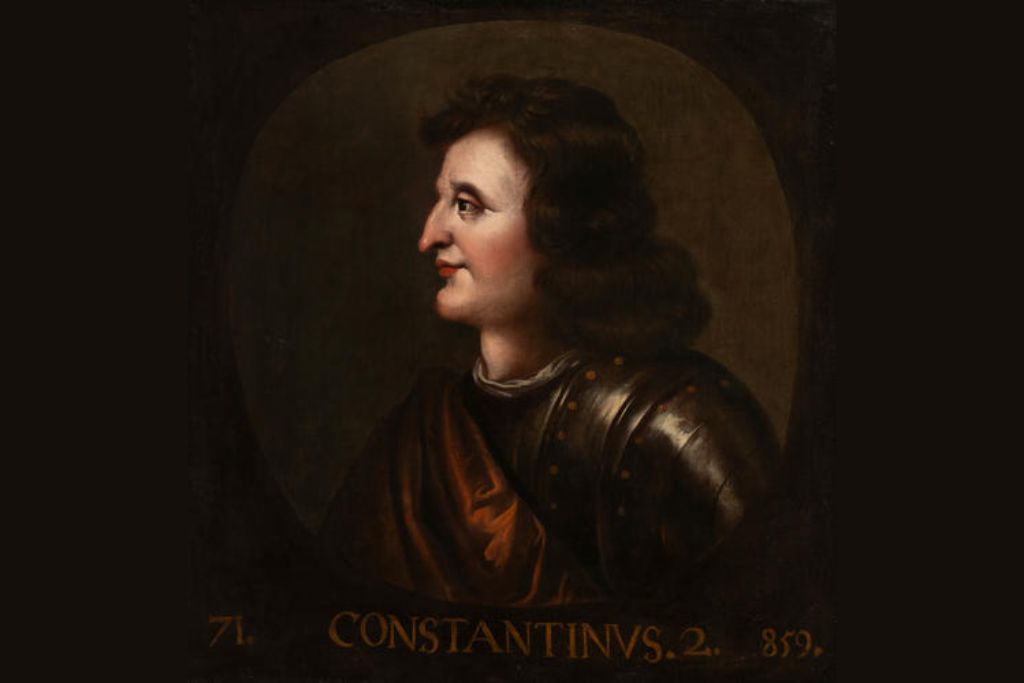
He was an early king of Alba (Scotland), and his name, Constantine, is an anglicisation of the Scottish Gaelic Ciseam mac Aoidh, which translates as Constantine Mackay. Despite constant conflicts and invasions from Norsemen, his long tenure as king from 900 to 943 demonstrates his enormous might. He is most known for driving the Vikings out of Scotland following the Battle of Scone in 904. He also joined forces with Northumbrians to drive out the Vikings who were dwelling in Northumberland, and they triumphed together at the Battle of Corbridge in 918. As a result, the Kingdom of Alba now has a more firm southern boundary. He also restructured Alba by making churches more Gaelic-oriented and instituting 'Mormaer,' which saw'sub-kings' overseeing different kingdom sections.

Indulf: The King Who Reclaimed Edinburgh (954–62)
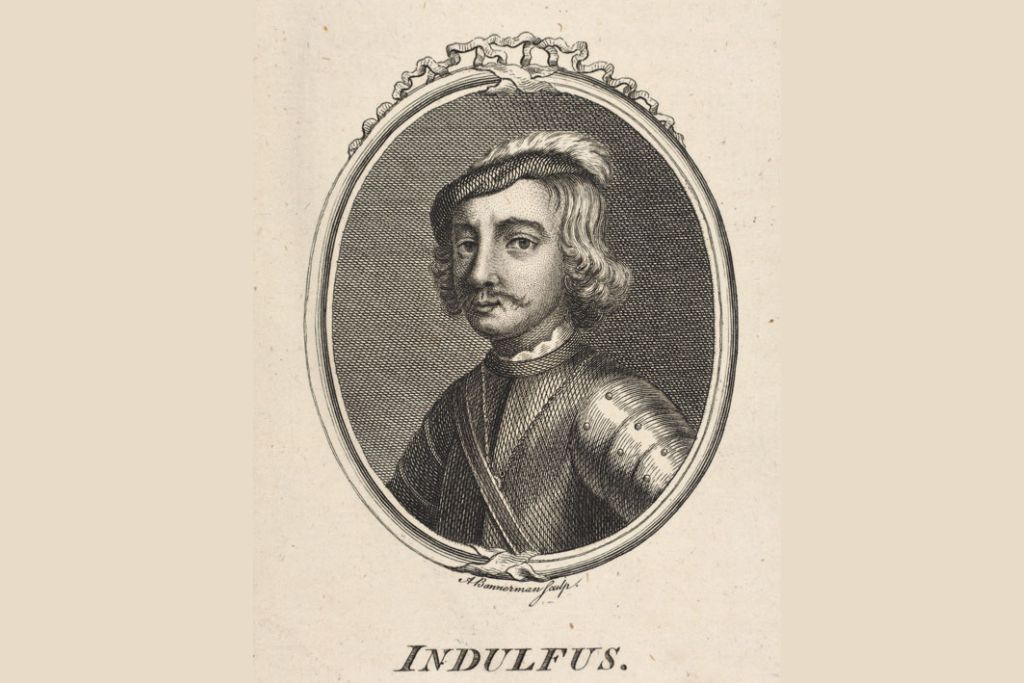
Indulf, King Constantine II's son, did not have the most Scottish-sounding name, which historians believe was due to the Nordic influence brought in by Vikings. Constantine II married a renowned Viking figure's sister and is assumed to have married a woman of Norse heritage himself. Indulf reclaimed Edinburgh from the Saxon King Edred, which substantially increased his area as a King and is regarded as his finest achievement. His father had earlier abandoned the Lothians in order to flee before Athelstan, implying that Indulf had reclaimed what his father had lost. Unfortunately, Indulf was slain while fighting Vikings near Cullen, which was a common occurrence at the time.
Macbeth, King of Scots: A Shakespearean Villain (1040–57)
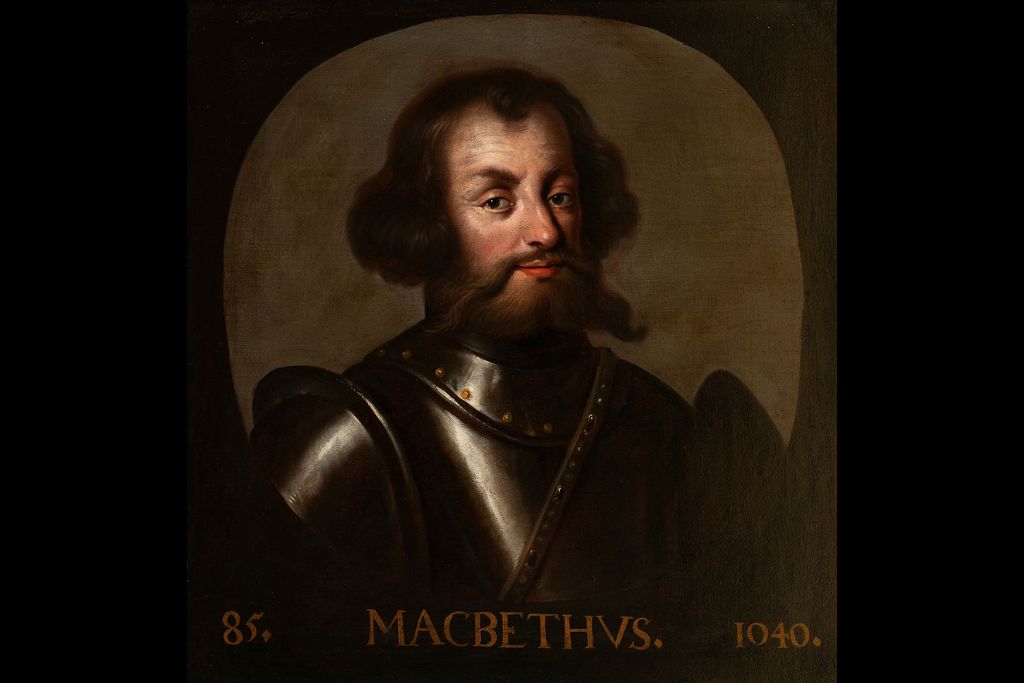
He is portrayed as the terrible ruler in William Shakespeare's renowned play, transforming from a loyal general to a deadly villain who kills the old king, Duncan, and steals his crown. In reality, Duncan was the same age as Macbeth and was not an old man. He was also characterized as a 'ineffective' monarch who succumbed to Macbeth un battle (rather than in bed) when he invaded his domain. As a result of this, Macbeth became the new King of Scotland, and his reign was virtually unopposed by the people. As a result, he was able to travel further than many other monarchs. According to Marianus Scotus (an Irish monk), contrary to Shakespeare's representation, Macbeth conducted a trip to Rome in 1050 and contributed money to the destitute.
Lulach: The Foolish King (1057–58)
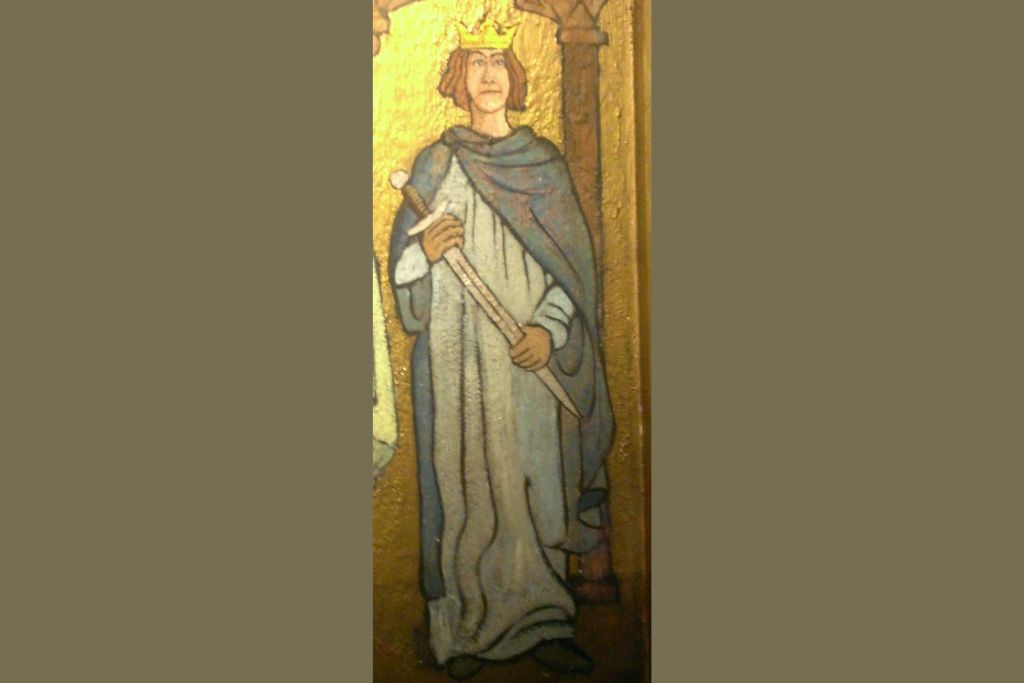
Lulach was the stepson of Macbeth and the son of Gruoch of Scotland from her first marriage with the Mormaer of Moray. He is known as Lulach the Fool and is notable for being the first king of Scotland, as coronation details for when he was crowned at Scone Palace are accessible. His rule, however, lasted only eight months when he was assassinated by Malcolm III. His legacy as a king can be summed up by the fact that he was crowned and then murdered, with little else to report on. His name "Lulach" is claimed to be derived from the Scottish Gaelic "laogh," which means "little calf" – an apt moniker for such a powerless ruler.
Malcolm III, the 'Great Chief' and the father of Scottish Kings (1058-93)
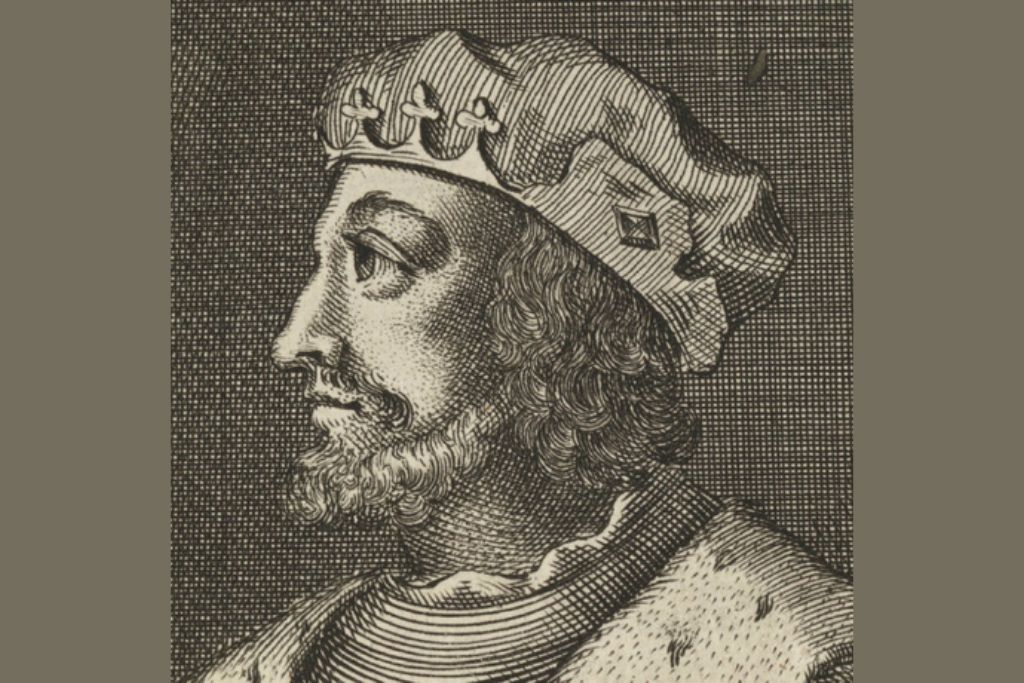
Malcolm III reigned for more than 35 years before the Scoto-Norman period began, earning him the epithet 'Canmore' from the Scottish Gaelic "ceann mr," which means "great chief." Because he was Duncan I's eldest son, Malcolm fled Scotland after Macbeth murdered his father and claimed the throne. The Earl of Northumberland invaded Scotland in 1054 with the purpose of restoring Malcolm to the throne. While this attack failed, Malcolm killed Macbeth three years later in Aberdeenshire. Malcolm went on to not only found the Dunkeld Dynasty (which ruled over Scotland until the thirteenth century), but he also fathered four Scottish kings: Duncan II, Edgar, Alexander I, and David I.
David I: The King Who Became Known as 'the Saint' (1124-53).
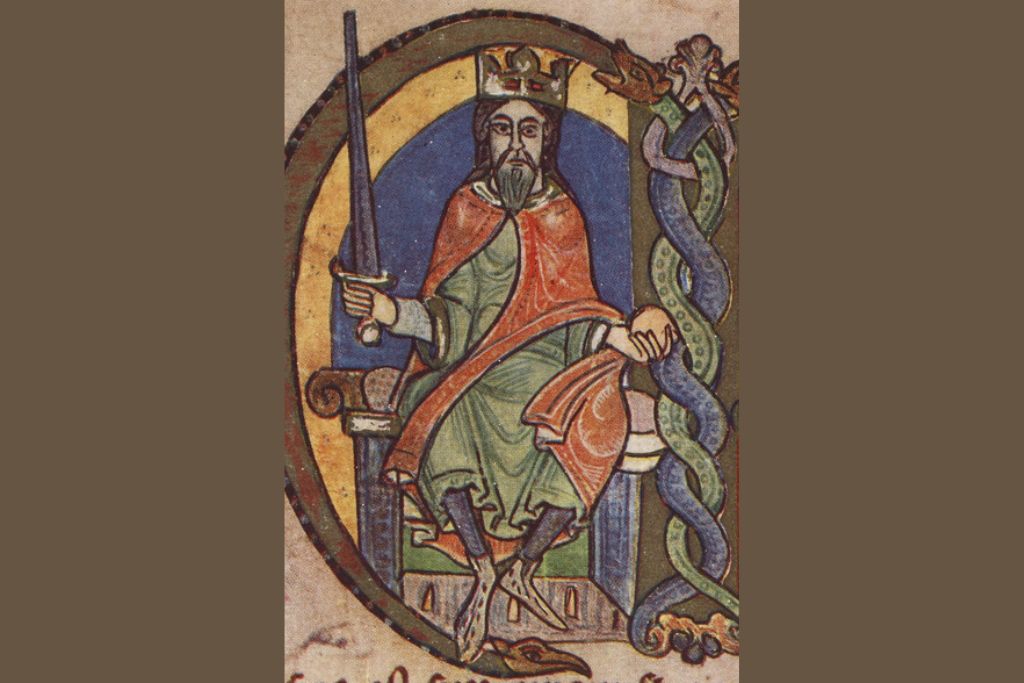
Following the death of his brother Alexander I, David I, the youngest son of King Malcolm III, ascended to the throne. David was raised in both the Scottish and English courts and was influenced by Anglo-French aesthetics, which he assimilated into the Scottish court. He was also well-known for being 'pious,' which led to the establishment of new monasteries and the grant of territories to churches. When David invaded England in 1138, he was beaten at the Battle of the Standard near Northallerton, but he was eventually granted authority of Northumbria as part of the Treaty of Durham, which recognized him as the king of an independent Scotland. The Catholic Church has designated David as a saint in recognition of his religious commitment and influential legacy.
William I, often known as 'Garbh,' or the Rough King (1165-1214),
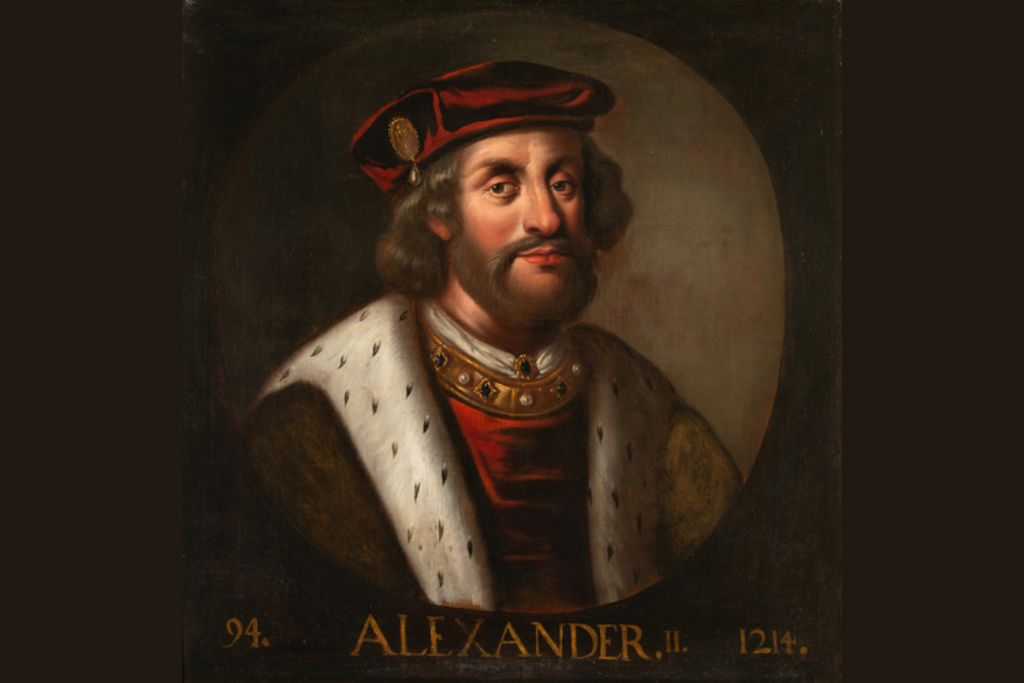
He reigned for an astounding 48 years and was also known as William the Lion due to his banner of a red lion rampant (the Royal Banner of Scotland's emblem). Unlike his religious siblings, William was renowned as a violent and headstrong warrior, hence his nickname 'Garbh,' which means 'rough' in Gaelic. He had a strained relationship with King Henry II of England, which prompted him to form the Auld Alliance of Scotland and France. However, after being captured by English forces in 1174, he signed the Treaty of Falaise, recognizing England's authority over Scotland. However, after negotiating with Pope Alexander III, he negotiated an agreement in which Scottish churches solely reported to Rome, diminishing England's influence.
Alexander III: Scottish Isles Liberator (1249 - 86)
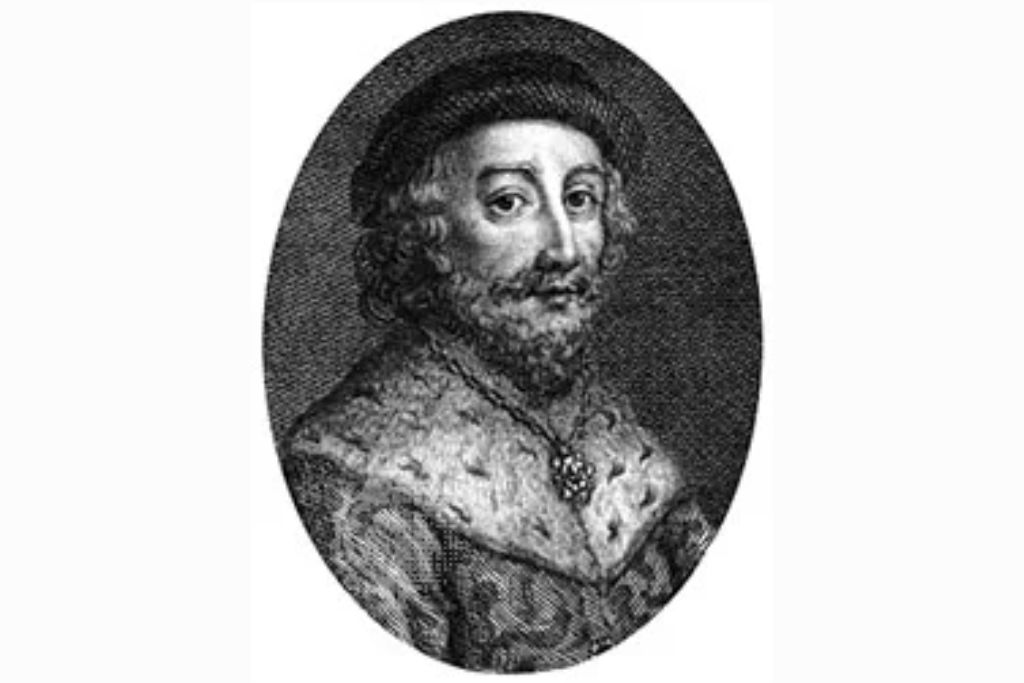
Alexander III ascended to the throne of Scotland at the age of seven, following the death of his father. He married Margaret of England (King Henry III's daughter) when he was just ten years old, but despite his diminutive size, he rose to become a formidable king. By 1262, he had carried on his father's tradition by claiming the Western Isles and attempting to negotiate with King Haakon IV of Norway, who ignored his appeal and later perished when he launched an invasion. His heir, King Magnus VI, signed the Treaty of Perth with Alexander III, restoring Scotland's authority over the Western Isles and the Isle of Man. However, his wife and three children died before they could be crowned, leaving Scotland in a succession dilemma following his death.
Robert the Bruce: Scottish Hero (1306 - 29)
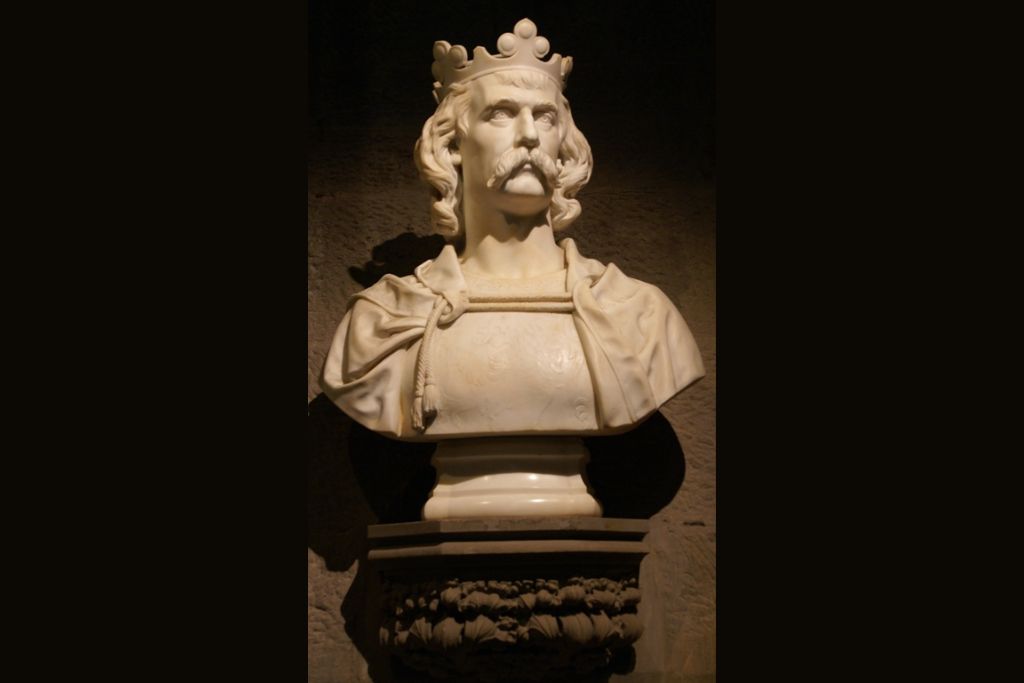
He is one of Scotland's most famed warriors, known as Robert the Bruce or even the 'Outlaw King' (the Netflix original film). During a period of kinglessness, Robert (together with William Wallace) acted as a Guardian of Scotland. In 1306 he was crowned King Robert I as the fourth great-grandson of King David I. The English destroyed his forces at Methven that year, forcing Robert into hiding. A year later, at Loudoun Hill, Robert defeated the new English king. Then, despite being vastly outnumbered, he and his army won the Battle of Bannockburn (1314). This proclaimed Robert as king of an independent Scotland, prompting the formation of the Declaration of Arbroath.
James II: The 'Fiery Face' (1437–60)
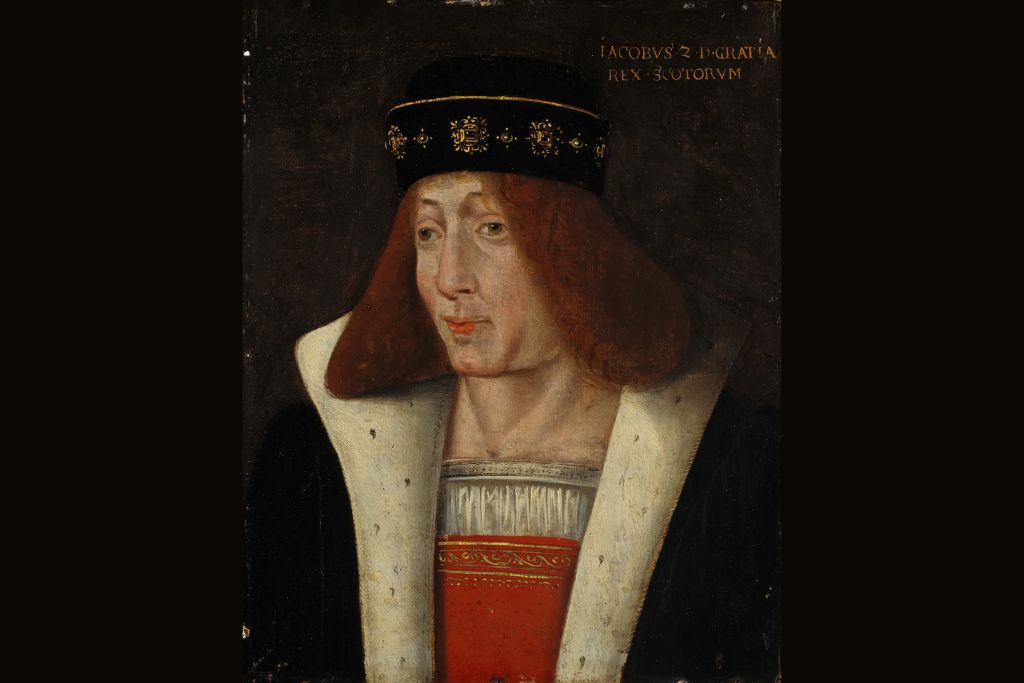
James II, nicknamed "Fiery Face" because of a big blemish on his face, ascended to the kingdom at the age of six following the assassination of King James I. while he grew older, he battled to maintain control of Scotland while competing clans like as the Livingstons and Douglases (who had previously ruled the kingdom) were embroiled in a deadly conflict. Despite this, James was known to tour the country on diplomatic missions to visit places that the monarch had not addressed in years. He had a reputation for talking with ordinary people, including 'lowly' peasants. In 1460, while attempting to besiege Roxburgh Castle, he stood too close to a cannon and was killed instantaneously when it burst, effectively ending Fiery Face's legacy by fire.
James IV (1488-1513): The last king to die in battle.
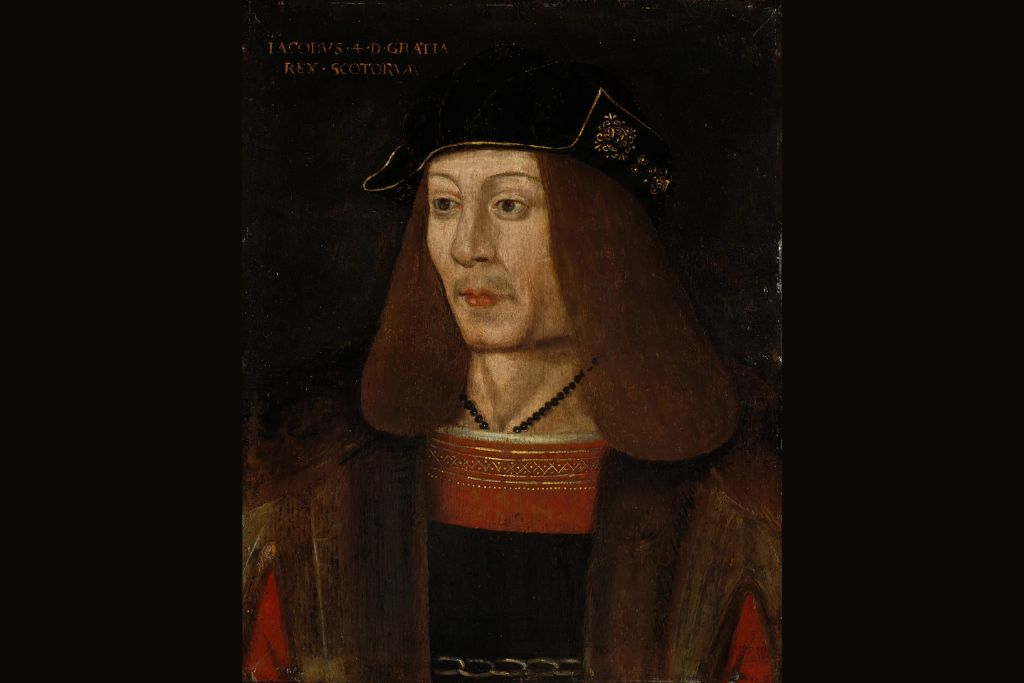
Following his father's death at the Battle of Sauchieburn, King James IV took the throne at the age of 15. Unlike his father, James IV is regarded as a'successful' Stewart ruler who was highly educated and fluent in a number of European languages as well as Scottish Gaelic. He led a rebellion against his father, but his death weighed heavily on James IV, who spent the remainder of his life wearing an iron belt around his waist as penance. Despite this, he unified Scotland under royal power and enhanced the country's ties to European politics during his reign. When Henry VIII invaded France in 1513, James IV chose to honor the Auld Alliance by leading an army to the Battle of Flodden Field, where he perished. As a result, Charles was the last monarch of the United Kingdom to die in battle.

